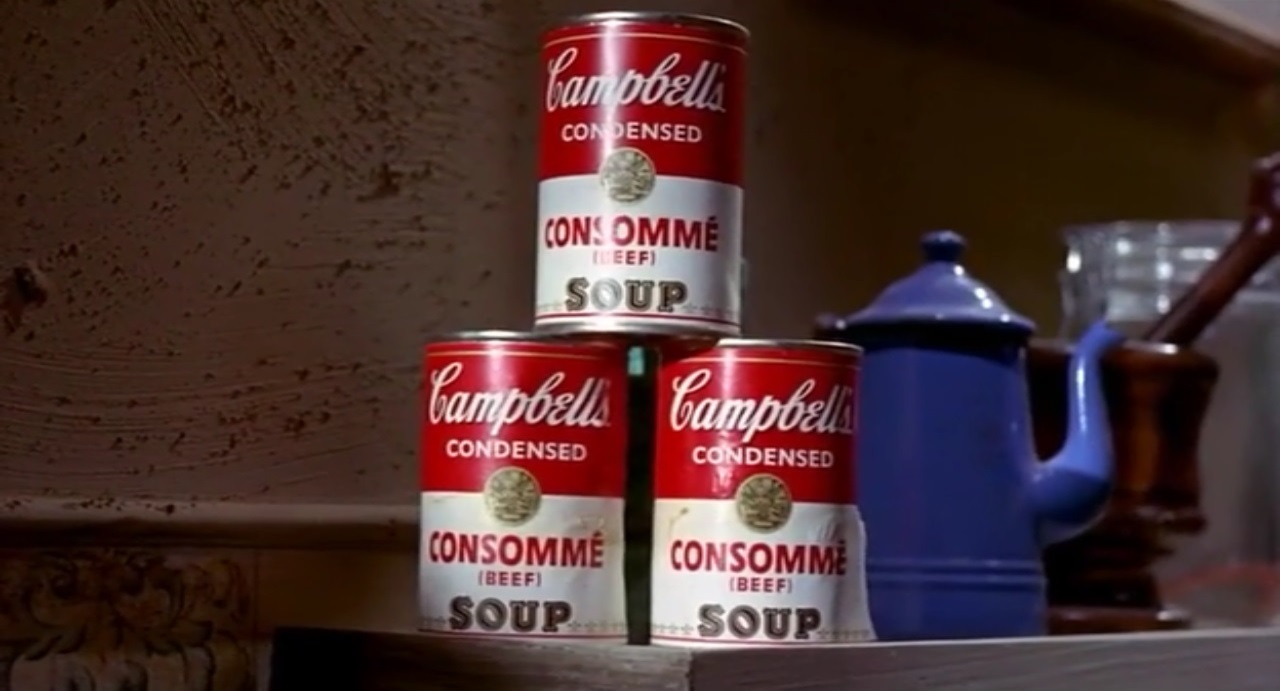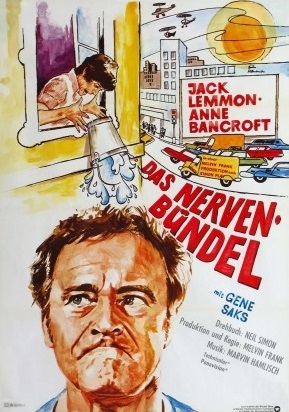The Jayhawkers!
“The
country of Kansas.”
Missouri Red Legs
raid the place, the new Napoleon moves in to provide protection. Arturo Ui has the same idea.
A
beautifully-constructed masterpiece on the theme. A
key basis for Michael Garrison’s The
Wild Wild West.
Chandler’s
Hitlerian inflection of the harangue in one small town along the trajectory to
Abilene is quite authentic, “this will be our land, our home, OUR KANSAS!!” Parker
falls for the allure of “big ideas” ever so briefly, one of the
beauties of the screenplay.
A Frenchwoman on
the prairie bears witness.
Chandler again,
“be not alarmed, my friends, for I come not to rob but to protect, not to
burn but to build, not to hurt but to help. While others are destroying
themselves, we will build our land strong and beautiful, safe and beautiful! I will build hospitals for your sick, schools
for your children, new roads, new churches, a
new way of life!” Gian
Maria Volonté might have modeled his work for Leone
from this.
Halliwell’s Film Guide, “unconvincing but rather unusual”.
Buona Sera, Mrs. Campbell

The men of the
293rd Squadron, their part in the liberation of Italy. Question
of a girl on her way to Brazil with a married academic out of Paris, putting a
stop to that, it means being a father to the girl twenty years later, even. Time and space, what are they but inconveniences to an
effort so heroic even their wives acknowledge it, in the end?
The main
structure is appreciably from The Man in
the Gray Flannel Suit (dir. Nunnally Johnson), counterbalanced with a
survey of Italian films from Anna di Brooklyn and Marriage
Italian Style and Two Women (dir.
Vittorio de Sica) to Era notte a Roma (dir. Roberto
Rossellini) and Superstizione
(dir. Michelangelo Antonioni). Secondary material is
provided by Cat on a Hot Tin Roof
(dir. Richard Brooks) and 2001: A Space
Odyssey (dir. Stanley Kubrick) for the silent view from under a hair dryer
in a talkative salon. Cp. A Bell for Adano
(dir. Henry King) and Boeing Boeing (dir. John Rich), variously.
Howard Thompson
of the New York Times, “did
have possibilities.” Variety, “Lollobrigida, no comedy
actress, is one here.” Roger Ebert (Chicago Sun-Times), “a charming reminder
of what movie comedies used to be like.” Tom
Milne (Time Out), “formulary but mildly
amusing until it gravitates to sentimentality.” Richard Luck (Film4), “ridiculous
if analyzed”. TV Guide, “most of the humor is based on the men dashing in and out
of rooms to keep from being spotted with Lollobrigida, but some genuine
character study is accomplished by examining the old soldiers' personalities
through their wives and families.” Halliwell’s Film Guide, “outstays its welcome and lets its invention
peter out.”
The Prisoner of Second
Avenue

“Elevators
drop us from our day,” and then they throw water on us...
Capra’s nightmares are integral to the theme, especially Meet
John Doe and his Book of Job, It’s a Wonderful Life.
The close work on
Wilder’s The Seven Year Itch has a pivotal metaphor as its basis,
the Temptation of St. Anthony (cf.
H.C. Potter’s Mr. Blandings Builds His Dream House).
A.H. Weiler of the New
York Times, “less than an overpowering study”.
Variety, “the film is more of a drama with comedy, for the personal problems as
well as the environmental challenges aren’t really funny, and even some
of the humor is forced and strident.” Molly Haskell (Village Voice),
“let them eat croissants!” Judith Crist (New York
Magazine), “who would want more?” TV Guide, “not one of Simon's best
plays, nor... one of his better screenplays.” Time Out, “little more than
routine jokes”. Film4, “the real reason to watch this is...”
Catholic News Service Media Review Office, “uneven... director Melvin Frank pumps up all the life
possible in a script hinged on situations that are not very amusing and
wisecracks that are only occasionally witty.” Hal
Erickson (All Movie Guide), “a
lesser but still entertaining Neil Simon work.” Craig
Butler (All Movie Guide),
“doesn’t quite satisfy as a piece of writing.”
Halliwell’s Film Guide,
“gloomier-than-usual”.
Walk Like a Man
In which Howie
Mandel dies for our sins. A Melvin Frank film, by the
author of Where’s Poppa? (dir.
Carl Reiner).
To be sure, the
first two-and-a-half minutes, laid twenty-eight years in the past, are perfect. Frank’s idea of the present steps onto the scene in
the person of a lady environmentalist, spot-on. The
unexpected tempo of the work is the secret of its hidden laughter, not all
absconded, you might say.
A child whose
gold-crazed family are as wolves to him grows up in the wilderness among
literal wolves, there you have the genius construction. The
foolish female studying “nomadic instincts” and the like brings the
blighter back alive, a one-third heir.
The demands of
the satire are very severe, a brilliant cast is outshone by the cat. Lee Holdridge contributes the
worst music he can think of. Soupy Sales meets Fang (played by Soupy Sales) is
distantly suggested by the comedy of rehabilitation (“ain’ts
to me, nots to you!”). The heir howls in church
like a canine Eliza Doolittle, an in-law quaffs her Bible deeply, throwing her
head back for great gulps.
The wolf comes
home to hunt, in other words. He learns to jog, to use a computer, to dance
something like the Mouse. “Attempts to give the
Kaspar Hauser myth a new twist,” says Time
Out Film Guide, nothing “can put meat on this very dry bone.” A trip to the mall is “fun” for Bobo,
escalators, buying clothes. “Are you a
homo?”
“No,
I’m a Bobo.” Glass elevators, Martin
Lawrence Galleries. “I have to make a pee-pee.” Mazursky’s Scenes
from a Mall, Nichols’ Wolf. That dummy from the Information Center gives her left arm.
Teddy Ruxpin...
Goodbye to all
that. Cock a leg all over that. Bobo, cousin to Ernest
T. Bass. “What? Shit! Wait...”
Stephen Elliott takes the stage for the final scene, a formal dinner
with the in-law’s father, a psychiatrist. The
competency hearing that follows is really by way of a coda.
Not exactly
cynosure with the critics, the whole pack fairly sniffed at it, fangs bared,
without a doubt.
Essentially a
remake of Panama & Frank’s The
Court Jester, “birthmark” and all.